Monumental Complex of Santa Caterina, Treviso, Italy
From 31 October 2015 till 3 April 2016
“We don’t know space – says Escher – we don’t see it, we don’t listen to it, we don’t perceive it. We are immerse in it, we belong to it, but we don’t know anything about it…We just see paths, signs; we can’t see the real space”. His drawings are provocations created by the artist to get our perception of space sharper, to unveil boundaries and the ambiguity of our cognitive and perceptive abilities”
Maurits Cornelis Escher (1898 – 1972) with his creations challenge parameters, perspectives and even the force of gravity, to draw a universe in which disrupts all coordinates that we know, creating an artistic miracle. The tecnhiques tha made him famous are woodcuts, lithographs and halftones.
The work of Escher have a strong mathematical structure, and many of the worlds that he drew are built around impossible objects. The artist incorporates multiple concepts in his works and returns them with optical effects and impassable architectures, such as the illusion of three-dimensionality. The Dutch illustrator created improbable dreamworlds deliberately breaking the rigor of mathematics rules. His work on symmetry, on the mosaic and on the concept of infinity, maks him the most fascinating mathematics artist of all time.
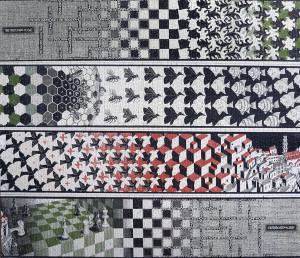
Each drawing is a form of illusion. This is the effect Escher wants to highlight. The ruse created by the artist is amplified with such a visual logic that the observer can not but enjoy the produced conflicting effects. “The design is illusion: it suggests three dimensions even though there are only two on paper”. (Escher)
Escher the visionary
During his first trip to Spain, he discovered the regular mosaics of the Alhambra, Granada, got him interested in tessellation applied to animal figures. He started to take trips to many italian places in order to find ideas and new stimuli, producing a huge amount of sketches and drawings that will soon become lithographs and woodcuts.
But what is of its originality? The mathematics and especially the geometry, which can be discerned in the following aspects: tessellations, geometrical transformations, areas, non-Euclidean geometry and geometry of space.
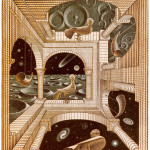
Mathematicians and scientists called him the alchemist of art. based on the premise that art has the magical virtue of restoring the emotion and the naturalness as ingredients of our lives in which the routine has taken away the taste, Escher was able to expand our pupils transmitting new energy and enthusiasm on to common objects, opening the gates of our imagination, connecting us with the most spiritual labyrinths of the psyche.
The exhibition route is modulated into six sections:
-The Training: Escher, Italy and the Art Nouveau inspiration
– Reflective and metamorphic surfaces
– Metamorphosis
– From the Alhambra to tessellation
– Geometrical Paradoxes: from paper to space
– Economics of Escher and Eschermania
Escher’s work is unique as we can not put it in any artistic movement. However, we can find aspects of thought and culture of his native tradition. We can see this just by looking at the technique used creating his works.
A specific choice that embeds on a graphic tradition from their cultural roots of the Netherlands, which saw the first attempts towards the middle of 1400. Another peculiarity is that the picture is always realistic. The same applies to the representation of space which is always built with extravagant perspectives.
Eschermania
The varied exhibition features more than 200 of his most famous masterpieces, like Hand with Reflecting Sphere, Metamorphosis II and Concave and convex. A route to explore between drawings and lithographs that fascinate and conquer.
The exhibition is sponsored by the city of Treviso, curated by Marco and Federico Bussagli Giudiceandrea and produced by Arthemisia Group in collaboration with the MC Escher Foundation.
Timetables:
Monday to Sunday; from 10 to 20 (the ticket office closes one hour earlier)
Information and reservations: info@arthemisia.it; T. +39 0422-1847103
Educational information: didattica@arthemisia.it – T. +39 06-91511055

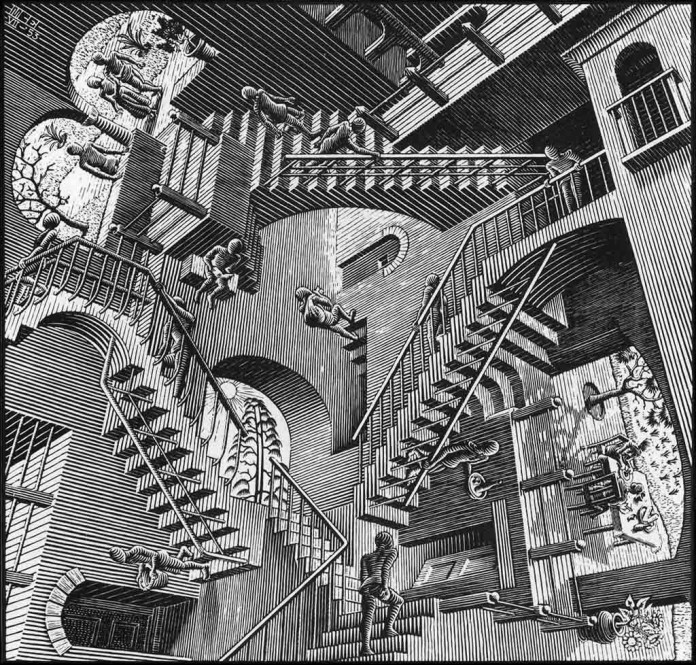
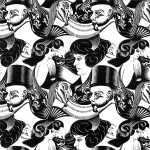
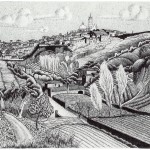
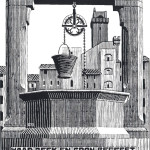
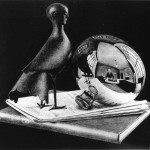
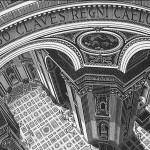
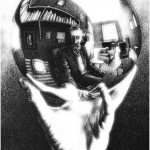
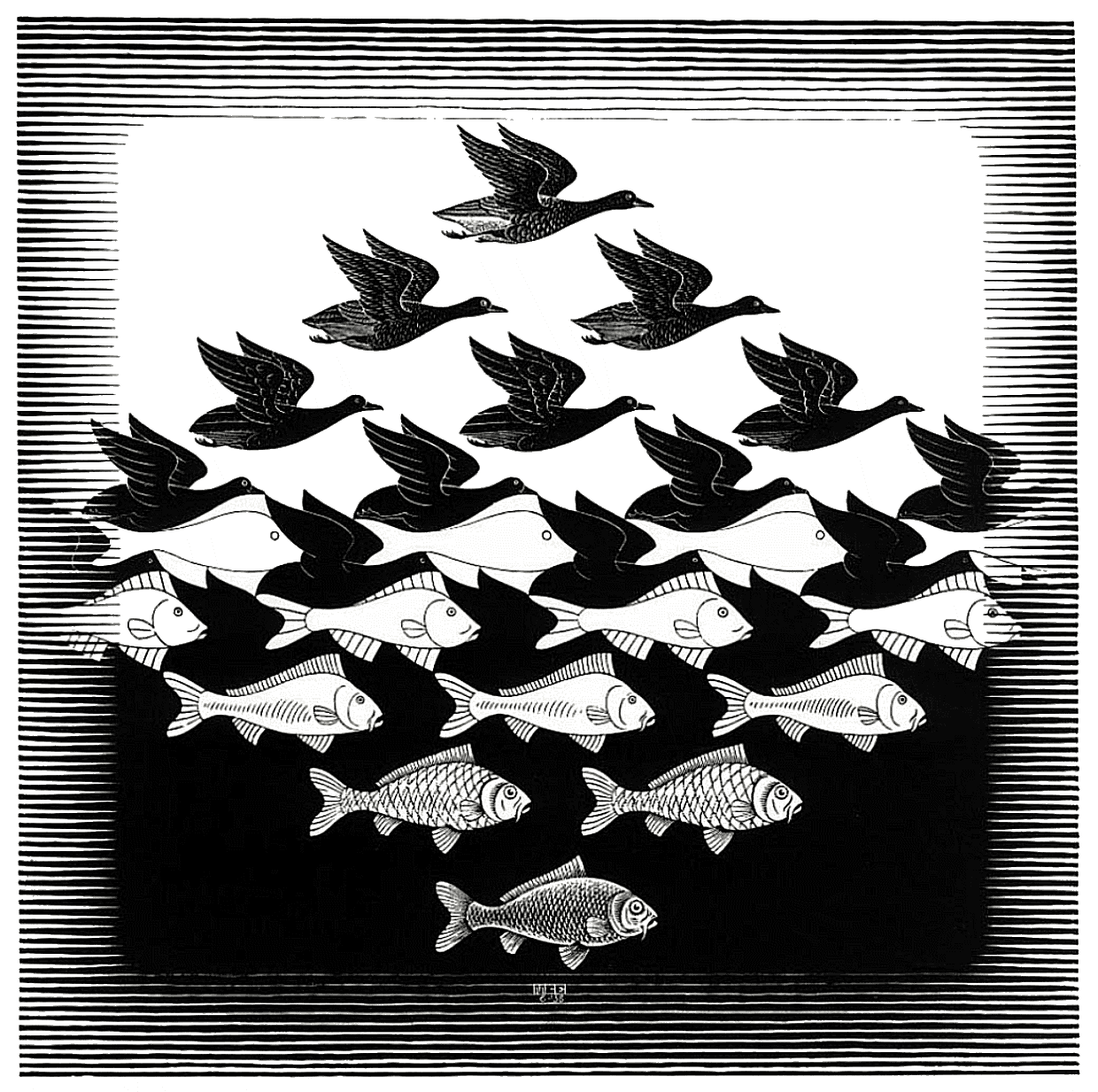
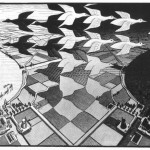
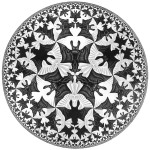
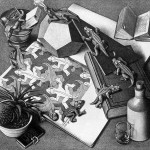
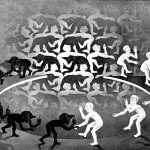
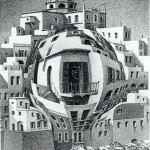
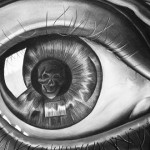
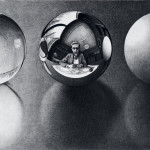
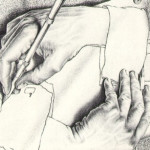
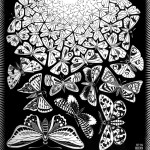
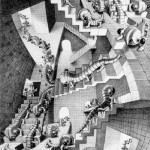
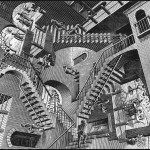
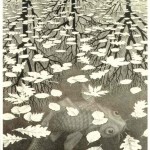
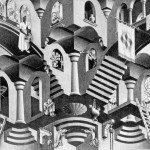
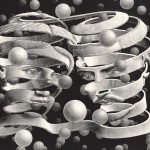
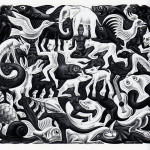
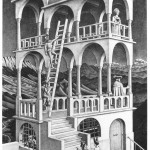
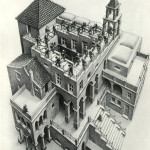



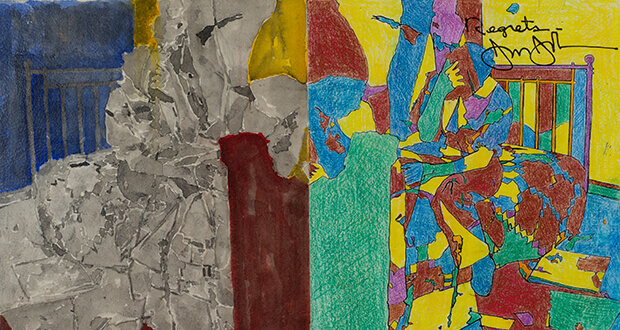
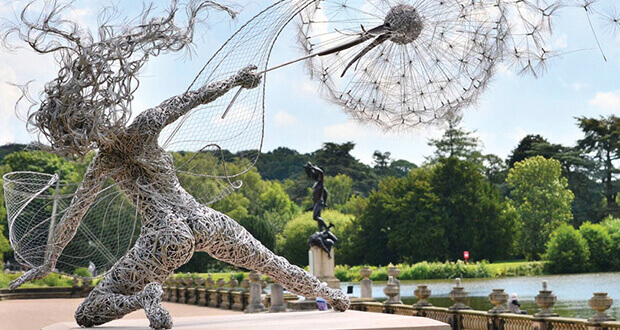
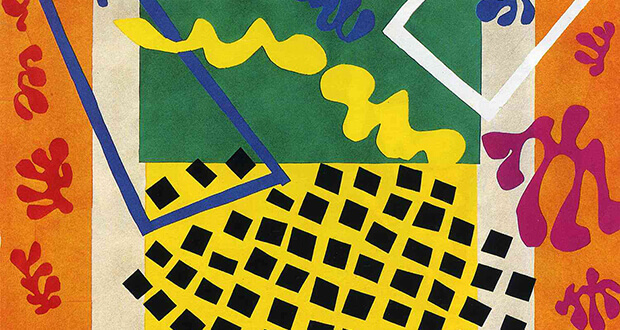
[…] Escher. The paradox of the impossible constructions and geometric motifs in air, exploring architecture in an imaginative game of distorting mirrors […]